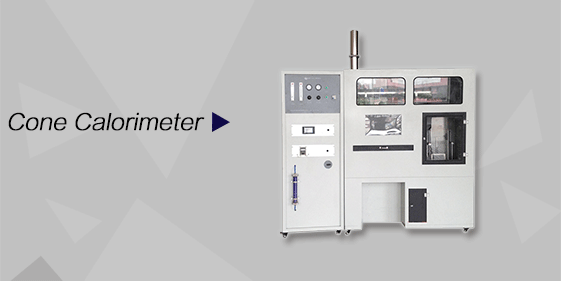Search keywords:
product name, product type, model number,
test method, manufacturer, technique, application
Oil Thread Leak Test System
BACKStandards:
EN1822-4
Applications:
Quality control and assurance in filter production based on the filter oil thread test according to EN1822-4, Appendix A
Product Information:
The oil thread test is used for visual proof of the absence of leakage of HEPA filters. This simple quality test procedure may be an alternative to the scan method. The oil thread test is also applicable if the scan method is not fully applicable because of the filter design (e.g. V-shaped arrangements). For scanning of HEPA and ULPA filters, Topas offers the AFS 150 and AFS 152 - proven and reliable solutions.
Principle:
The filter element (sample) is mounted horizontally with the upstream side down on the test bench and secured with a pneumatically operated fixing device. For testing, the filter is then exposed to a flow of a polydisperse aerosol of oil droplets (DEHS). An existing leak is made visible on a rising oil thread on the downstream side (upper side) of the filter.
Principle:
The filter element (sample) is mounted horizontally with the upstream side down on the test bench and secured with a pneumatically operated fixing device. For testing, the filter is then exposed to a flow of a polydisperse aerosol of oil droplets (DEHS). An existing leak is made visible on a rising oil thread on the downstream side (upper side) of the filter.
Features:
◆ Cost-effective solution for leak testing of filters ranging up to group H (filter class H13 and H14)
◆ Easy manual operation
◆ Constant test conditions according to EN 1822-4 due to pre-adjustable test parameters
◆ Effective testing of larger numbers with preadjusted test parameters
◆ Flexible and easily configurable filter holder in case of different filter dimension
Details:
The system operates under overpressure condition. The required test volume flow is adjustable and is taken from the compressed air network. In the upstream flow chamber the aerosol is distributed in a steady manner over the entire face in front of the filter sample to be tested by a radial fan. To prevent contamination of the environment, the remaining upstream aerosol is drawn through a suction pump into a filter unit after the completion of the test. To ensure optimum visibility of the emerging oil threads the following environmental conditions are required by the user:
¨ Vertical lighting of the test sample from above with a white fluorescent light source (> 4000K) or halogen lamp
¨ Brightness at the operating level: > 1000 lux
¨ Darkened environment and black background for optimum visibility
¨ Prevention of uncontrolled air flows from the environment
Technical Parameters:
| Items | Parameters |
| Filter dimensions (W x H x D) | Min. 305 x 305 x 30 mm max. 915 x 800 x 300 mm |
| Aerosol volume flow | 50 ... 600 l/min |
| Face velocity | ca.1.3 cm/s |
| Aerosol concentration | 1.5 g/m³ |
| Aerosol substance | DEHS |
| Compressed air supply | 6 bar |
| Power supply | 230 V AC; 1 A; 50 Hz |
| Dimensions (L x W x H) | 91 x 120 x 61 cm |
| Required work space (L x W x H) | Approx. 100 x 120 x 150 cm |







